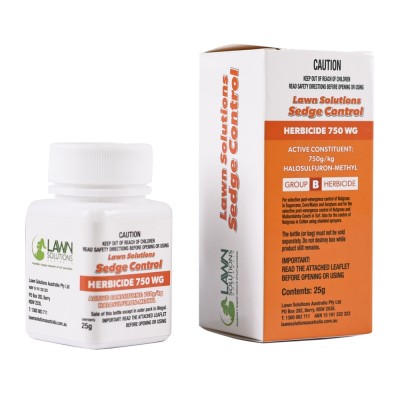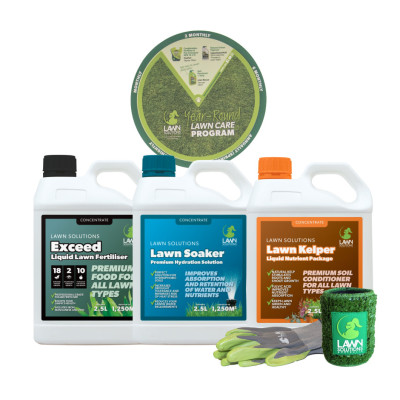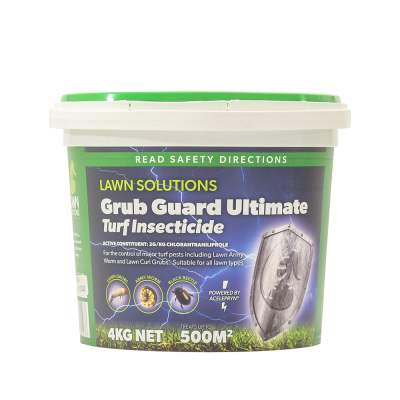But what do you do when your lawns cold? When temperatures are cool overnight, the dew on your lawn freezes. For warm season turf varieties this can cause some discolouration and damage to the leaf blade of the grass. This can be a common occurrence for the more southern states of Australia.
In this blog we will investigate why this is occurring and what you can do to help minimise the effects of frost to your lawn.
Skip to: What are the differences between warm season and cool season grasses? What can you do to help a frost affected lawn? How can you help improve the appearance of a frost affected lawn?
Radiation Frost
Southern States of Australia suffer from what scientists call radiation frost. This is where the ground and ambient air cools down by the loss of heat to the atmosphere, causing frost. This commonly occurs under clear skies and with little or no wind. These frosts can occur when the temperatures have dropped, and overnight temperatures are at 0 degrees or below. The frost itself, is the result of the dew freezing on your lawn, which typically occurs in the early morning. The drop in temperature then causes the moisture inside the leaf blade to freeze and expand. The cell wall of the grass then ruptures, damaging the turf. This frost also causes significant discolouration to the leaf. When this damage does occur, the grass can become yellow and brown, often in patterns across the lawn. The discolouration occurs as result of the damage caused by the frost to the cell walls of the grass, slowing down photosynthesis.
Difference Between Cool Season and Warm Season Grasses
The amount of discolouration and damage caused by these frosts will be dependant largely on the type of variety you have. Cool season grasses like fescue and rye contain proteins which prevent them from freezing. Warm season grasses like buffalo, couch, kikuyu and zoysia, don’t have this protein and are much more susceptible to these frosts. Warm season varieties are also the most common types in Australia, as they are more suited to Australian conditions overall.
What Can You Do?
It is important that whenever there is frost on the lawn you stay off it. By walking across it, you are actually causing the blades to break and causing more damage. This too includes mowing. If you do still need to mow, best to wait until the frost has melted to prevent damage. This also means it’s best to keep your car off the lawn when there is frost.
A very light watering just before the sun comes up in the mornings, to remove frost from the leaf can help too. This will melt the frost quicker and more evenly, reducing the appearance of brown patches on the lawn.
The health of your lawn is one of the most important factors in ensuring your turf is able to tolerate frosts. Using a fertiliser with increased iron before winter will help strengthen your lawn for the frosty months ahead.
How to Improve the Appearance of a Frost Damaged Lawn?
An application of ColourGuard Plus will instantly restore your lawns colour. ColourGuard Plus is a natural green pigment product that is sprayed onto the lawn and is absorbed into the leaf of the grass. This means that once absorbed the colour won’t run, bleed or stain. ColourGuard Plus can increase the surface temperature of your grass, helping to limit the damage that will occur from frost. So, the best time to apply it is before the frosty mornings occur.

Check out the Lawn Solutions Australia lawn care page for more helpful tips here.


